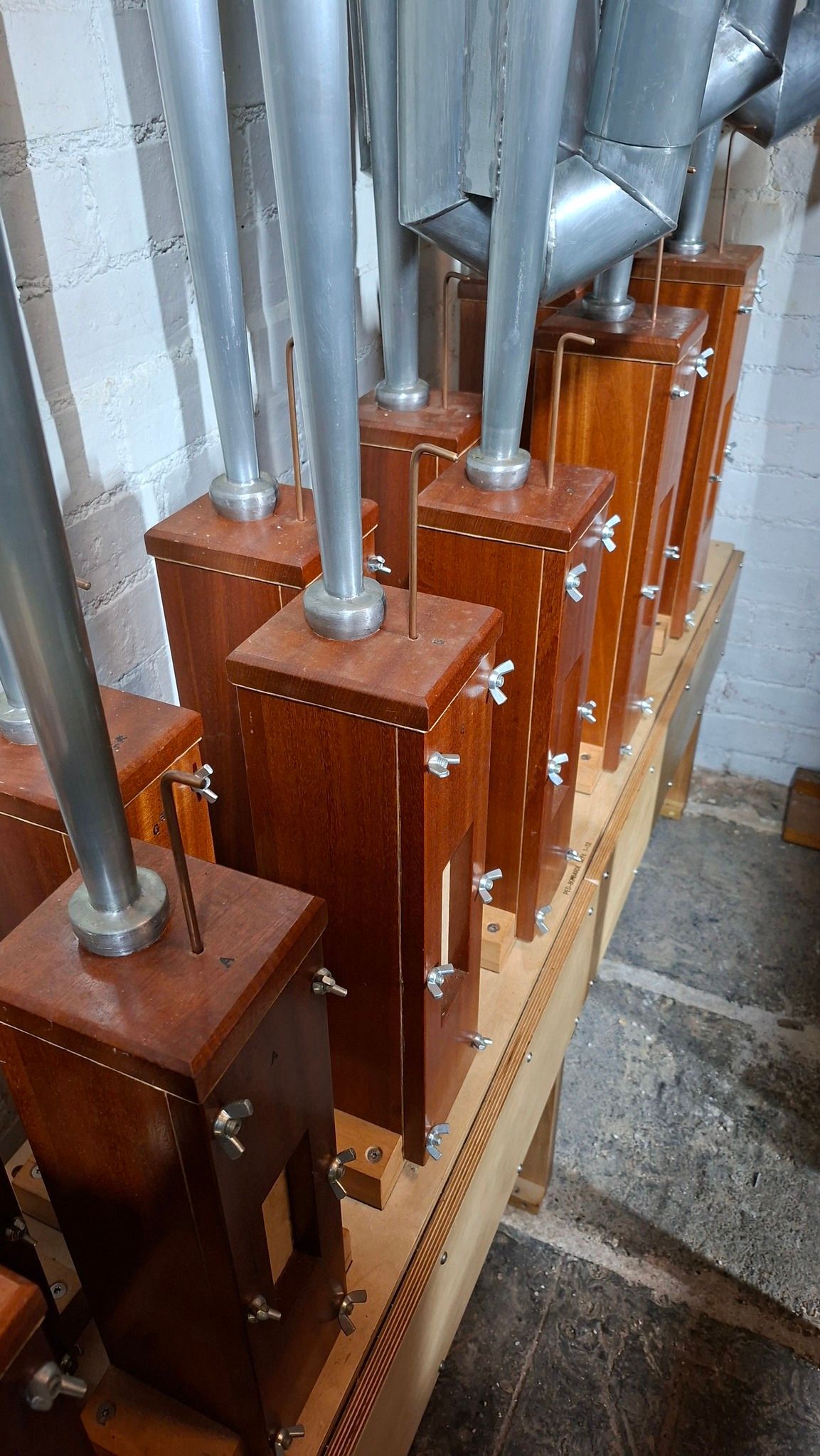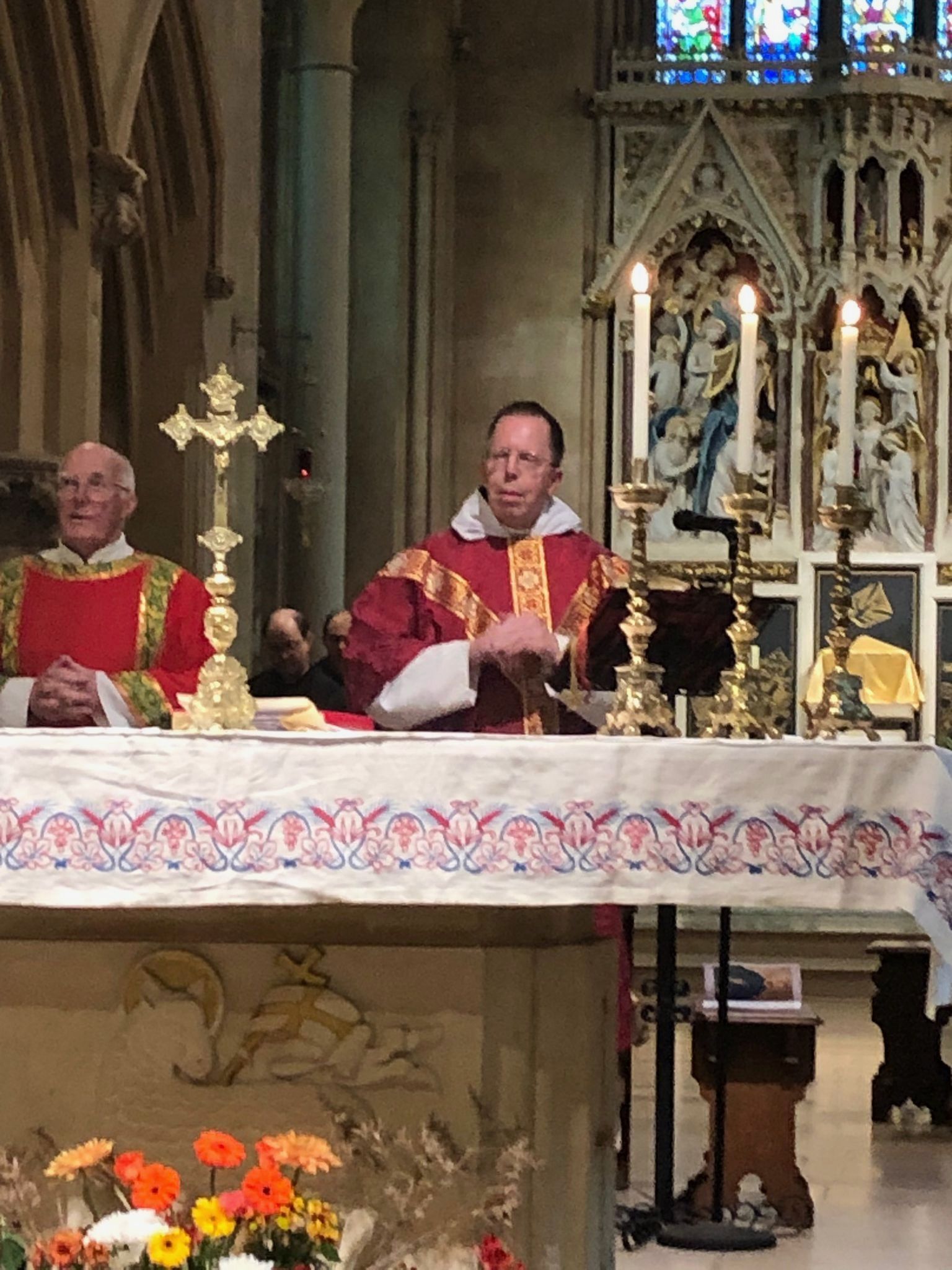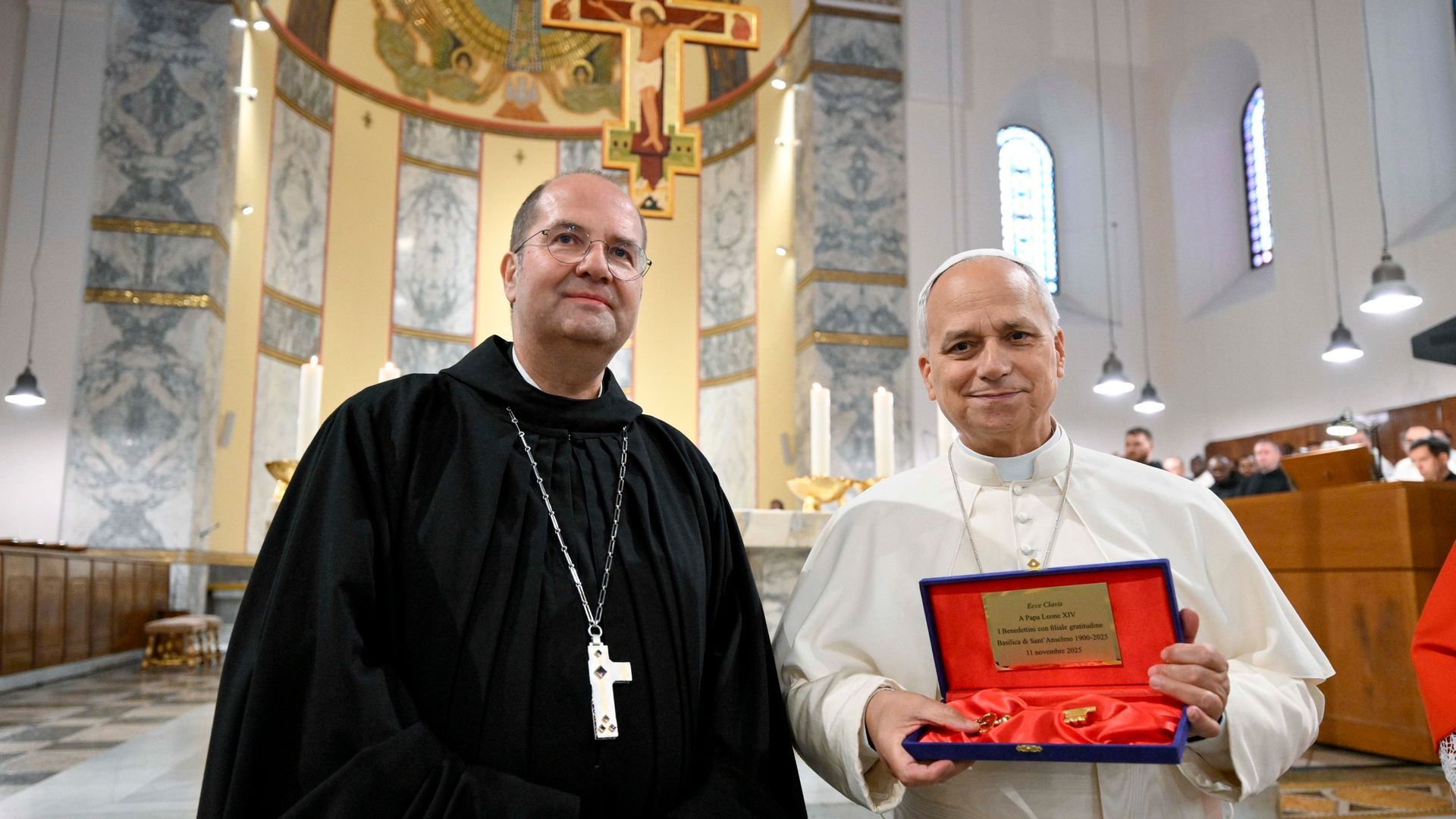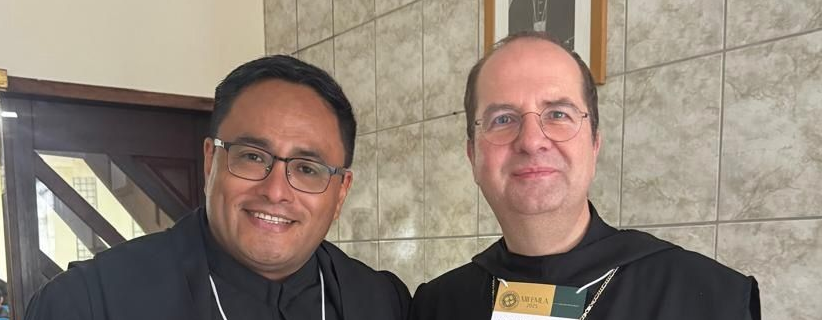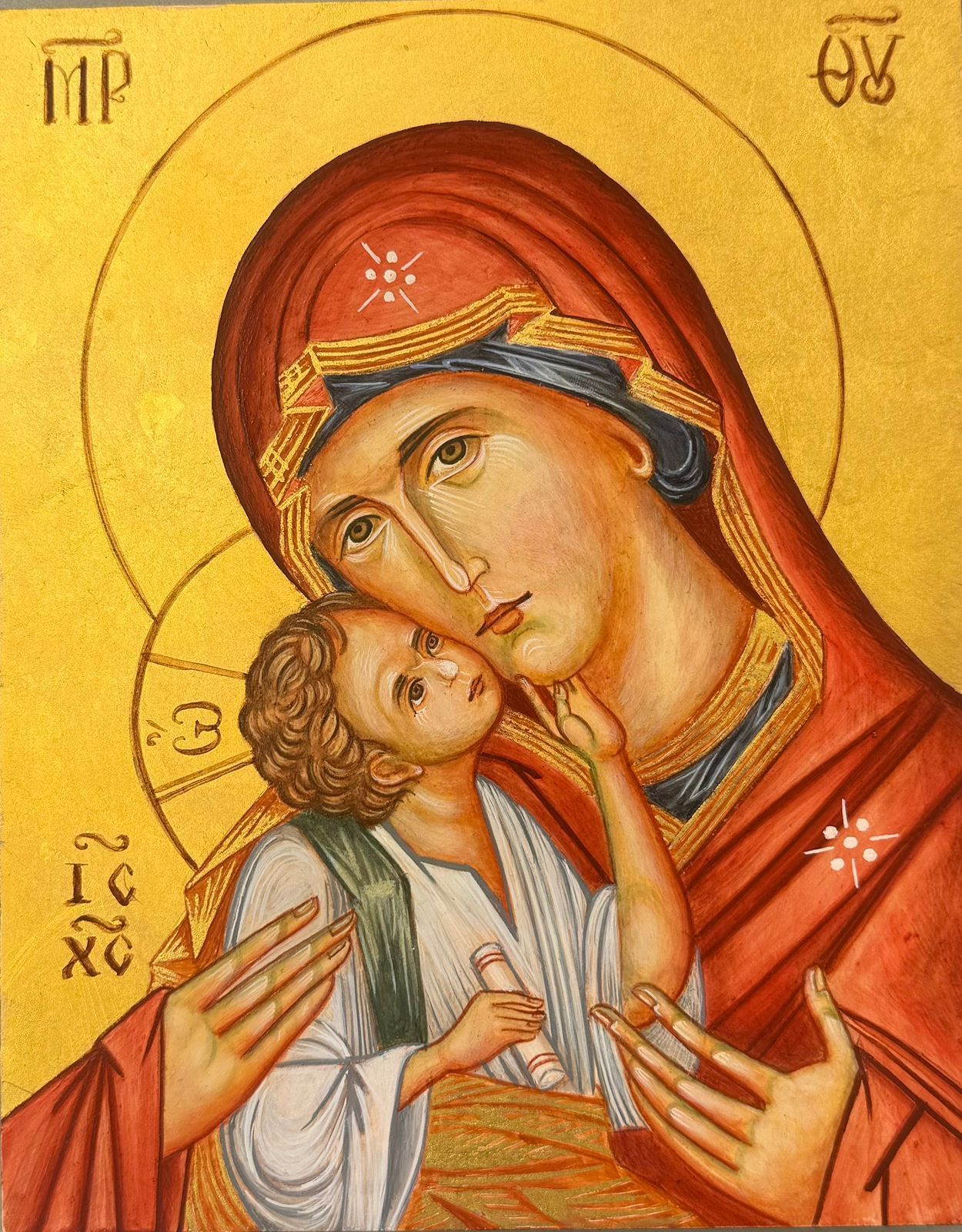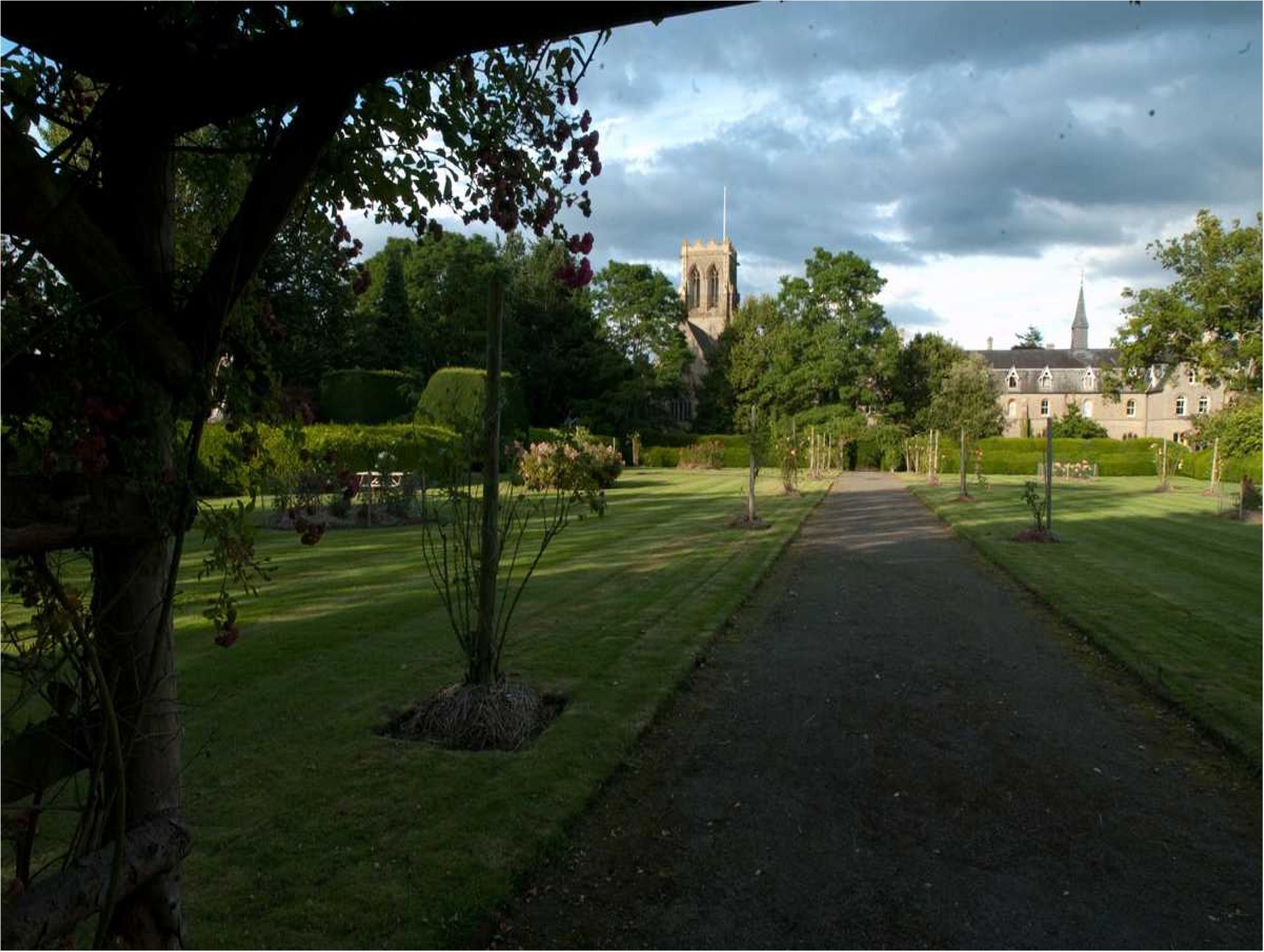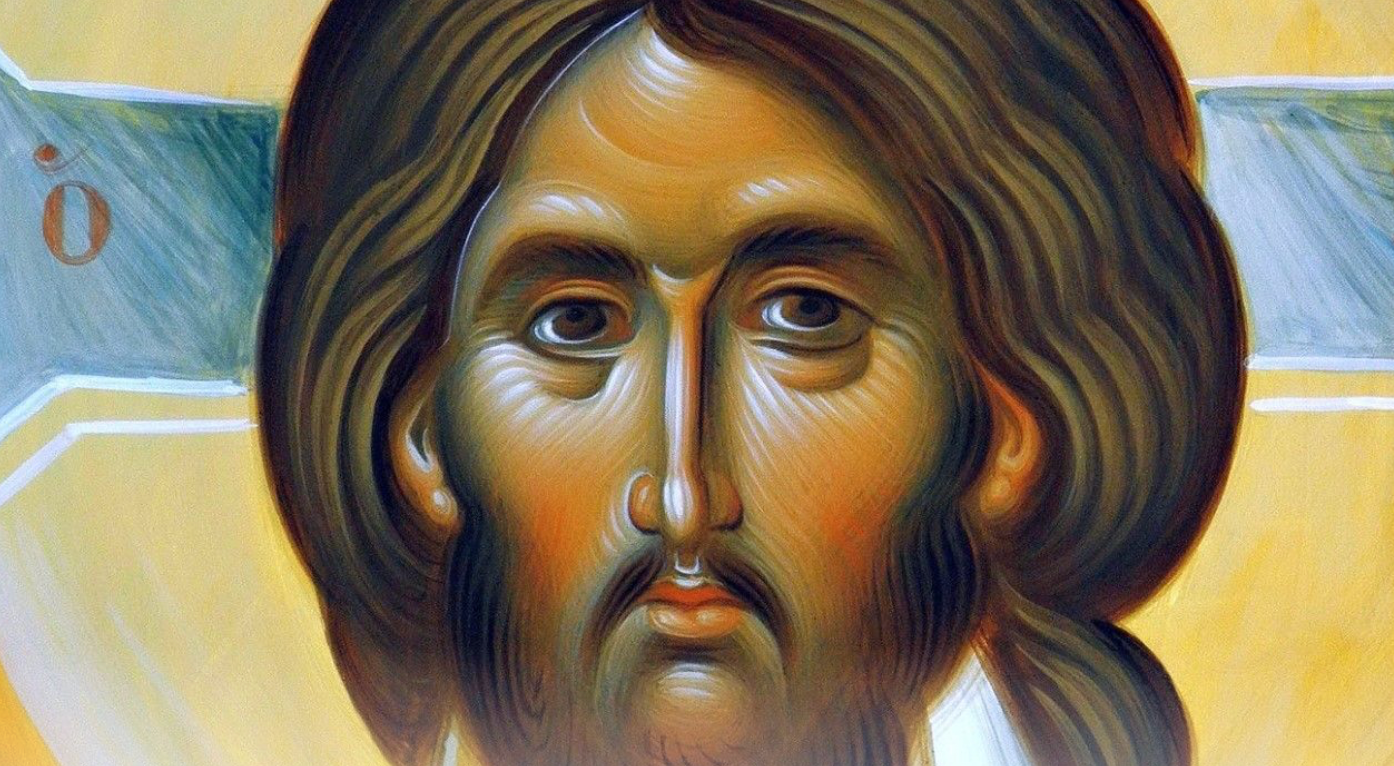Message of Abbot Paul - Wednesday 5th October 2022
Abbot Paul • October 5, 2022
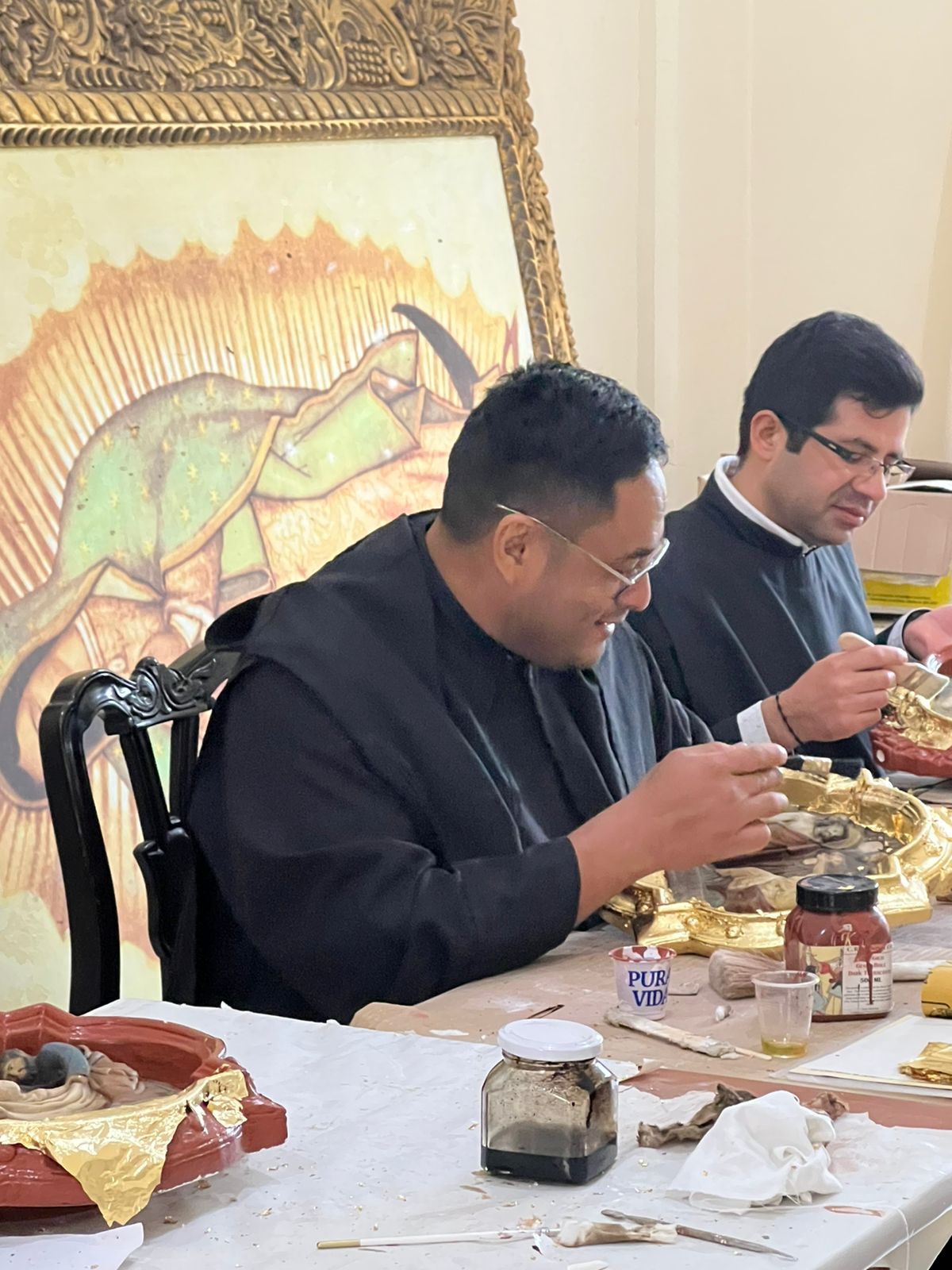
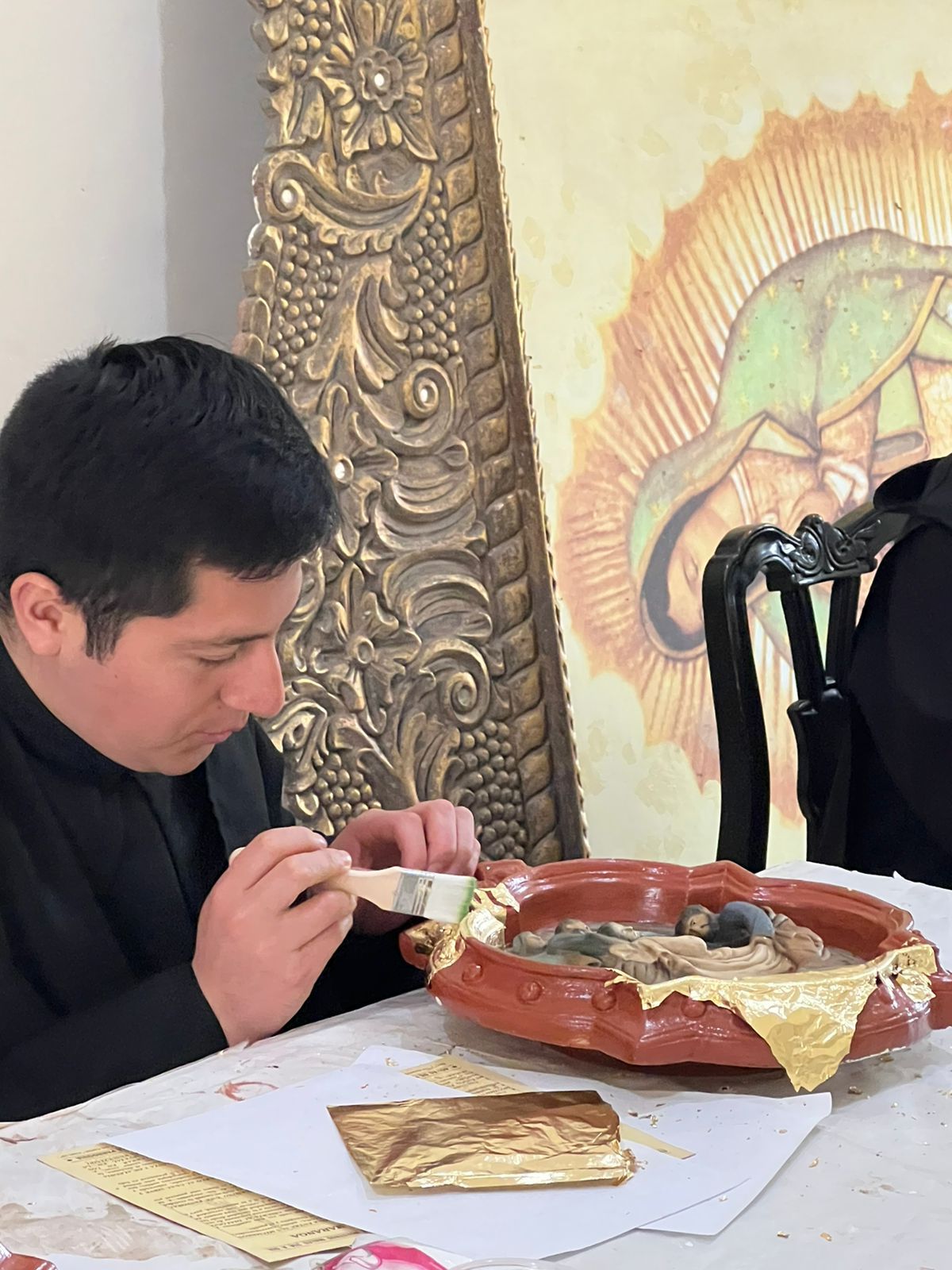
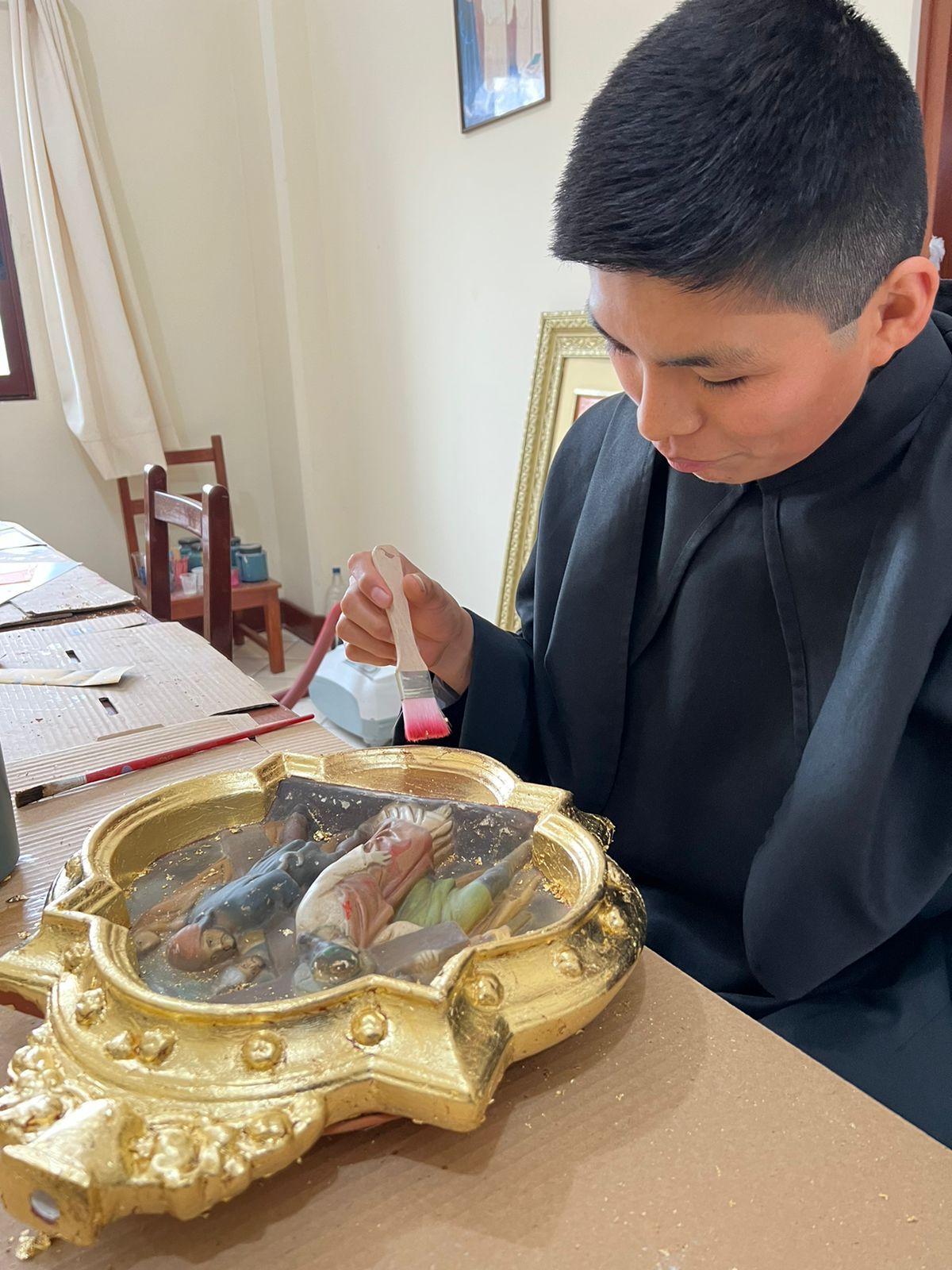
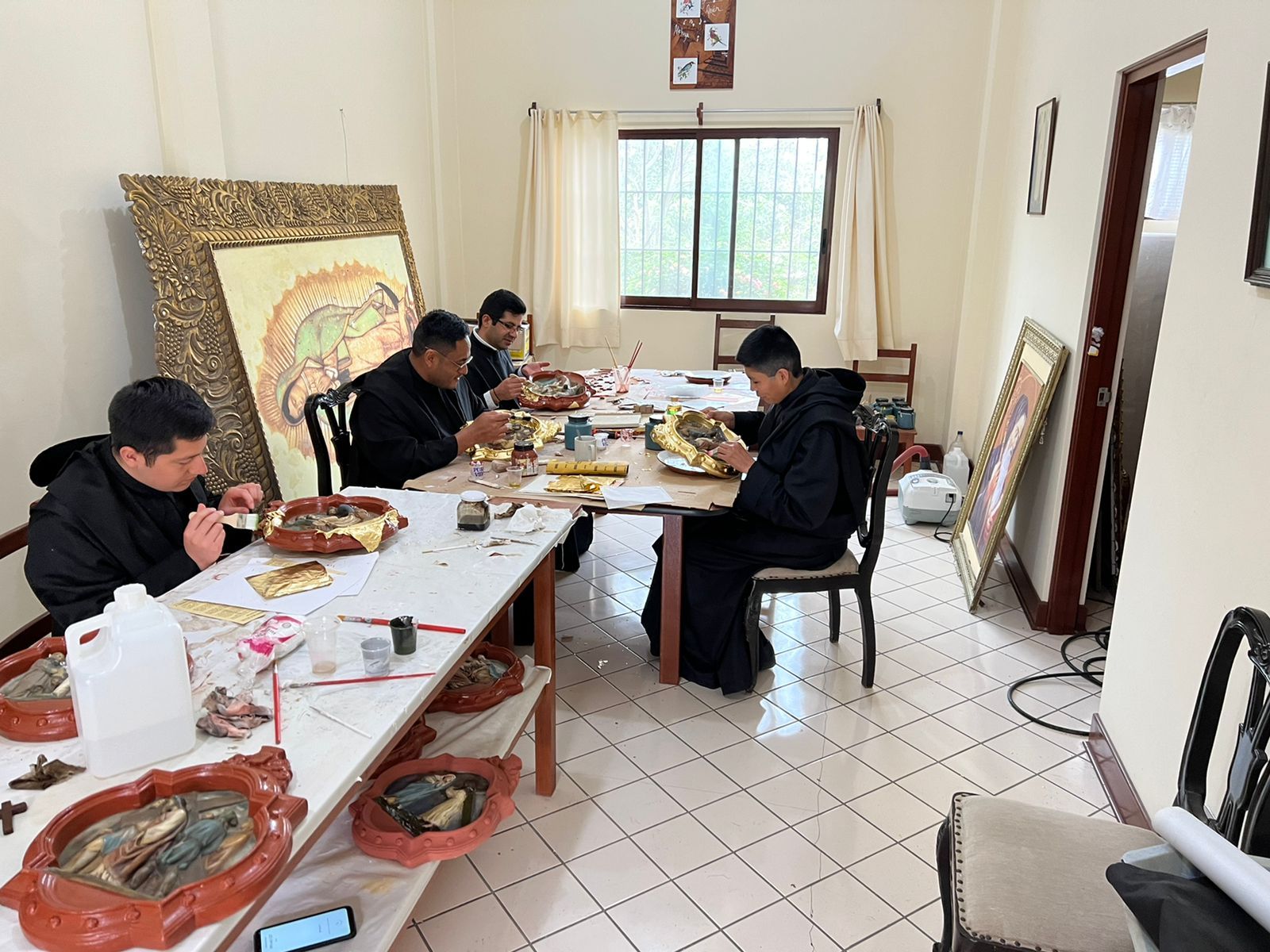
One of the things that fascinated the disciples about Jesus was his personal prayer life or inner life of prayer. It’s difficult to know how exactly to describe it. All four Evangelists tell us that he would seek places and periods of quiet solitude when he would pray, communicating with his heavenly Father in silent contemplation. Luke tells us, (Lk 11: 1-4), that it was after one such moment of prayer, which at times could last all night, that the disciples approached Jesus to ask a question. “Once Jesus was in a certain place praying, and when he had finished, one of his disciples said, ‘Lord, teach us to pray, just as John taught his disciples.’” They could see him praying and were so acutely aware of the benefits he derived from such prayer, that they too wanted to pray as he did, but not only as he did. “Lord, teach us to pray, as John taught his disciples.” This is the first we hear of John the Baptist teaching his disciples to pray. I wonder how John and his disciples did pray!
Jesus replies, making no allusion to John’s method of prayer, by teaching them a simple prayer, the prayer we call the Lord’s Prayer. You will notice that the form of it found in Luke differs somewhat and is shorter than that found in Matthew, where it occurs in the Sermon on the Mount. This is what we read in Luke.
“Father, may your name be held holy,
your kingdom come;
give us each day our daily bread,
and forgive us our sins,
for we ourselves forgive each one who is in debt to us.
And do not put us to the test.”
Although shorter than Matthew’s Our Father that became the official version for the Church’s Liturgy and the personal devotion of all Christians, nevertheless it contains all that Matthew’s version contains. It remains in the plural form (we/us), yet God is the Father of all that exists and not just of believing Jews or Christians. We pray for the coming of the kingdom or reign of God, for all our needs, symbolised in the bread of life, and for forgiveness of sin, provided we forgive those who have sinned against us. And we ask not to be put to the test, we request deliverance from temptation that can cripple or destroy the soul. It might take extra effort, but why not learn this version of the Lord’s Prayer by heart and use it to pray with as an alternative to the better known one?
The photographs I attach today are of our monks in Peru restoring the Stations of the Cross from a Lima parish church in their restoration workshop.

